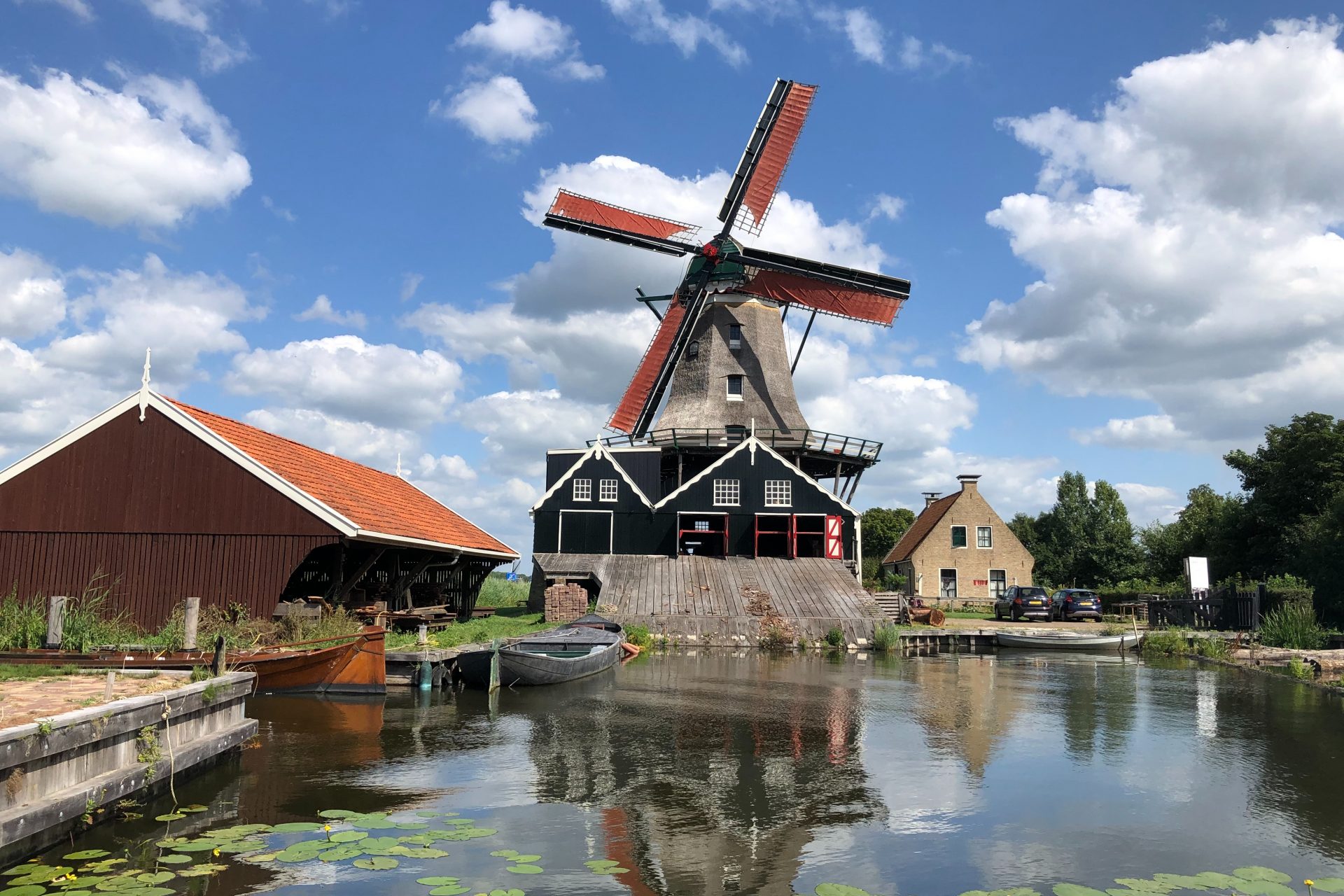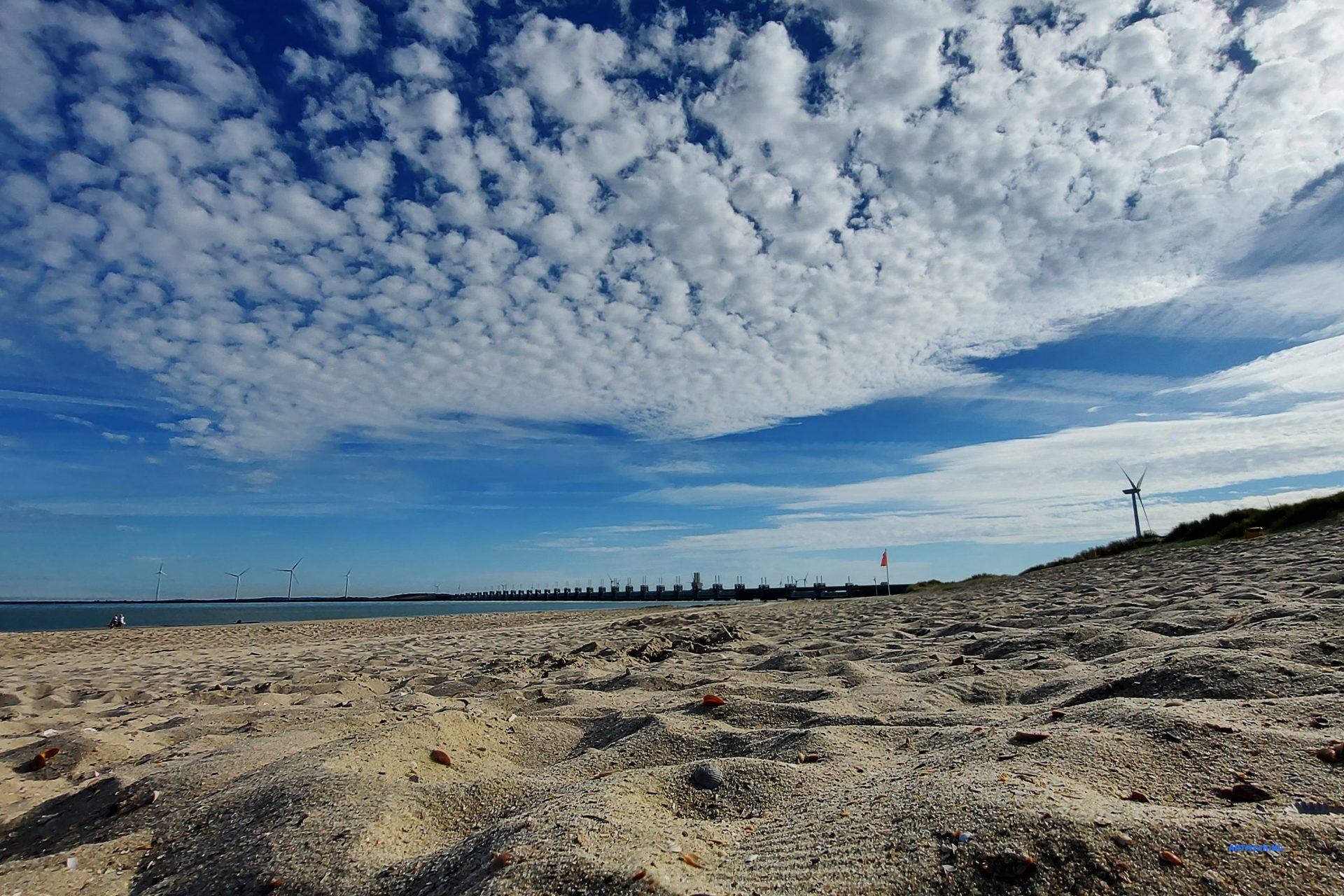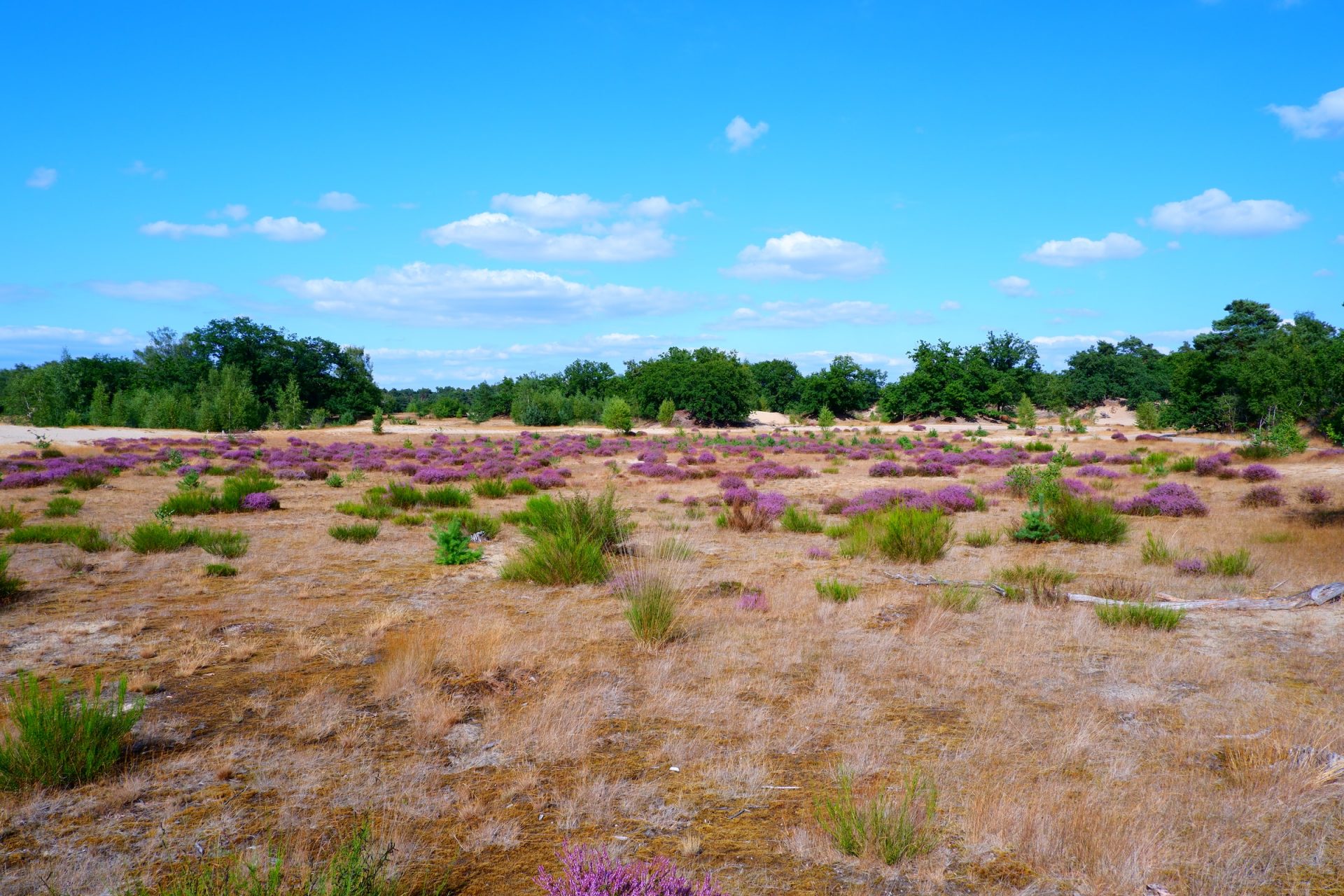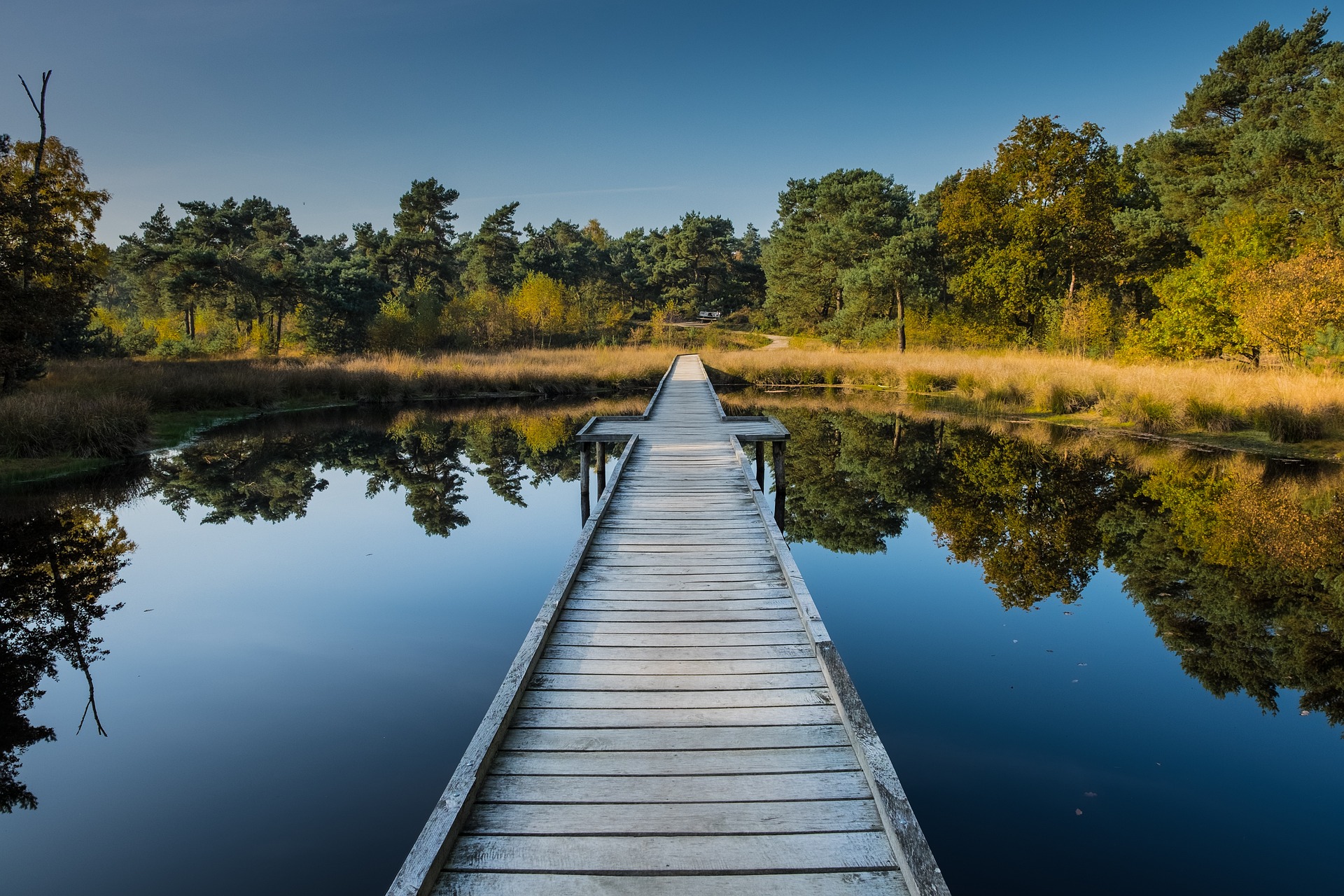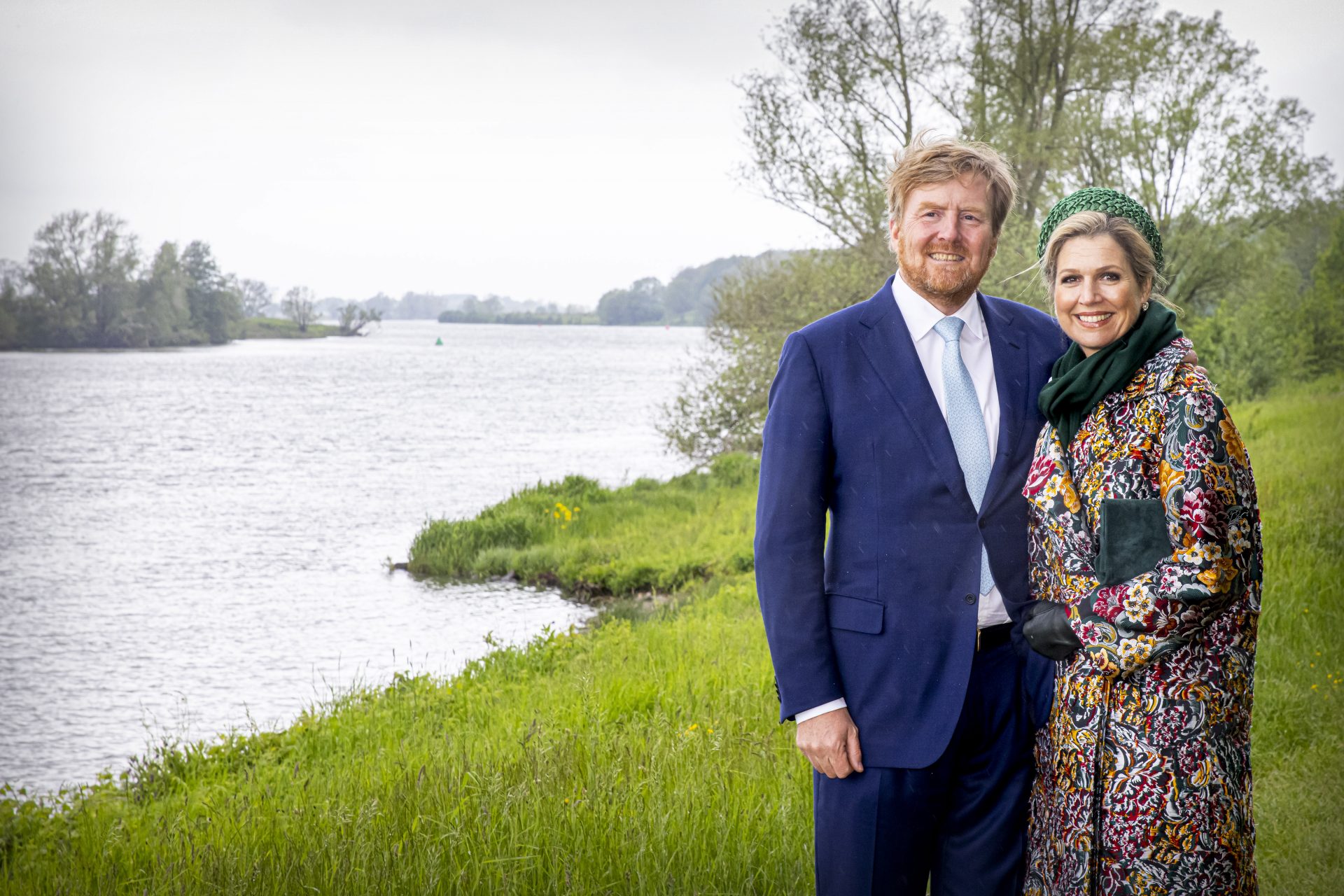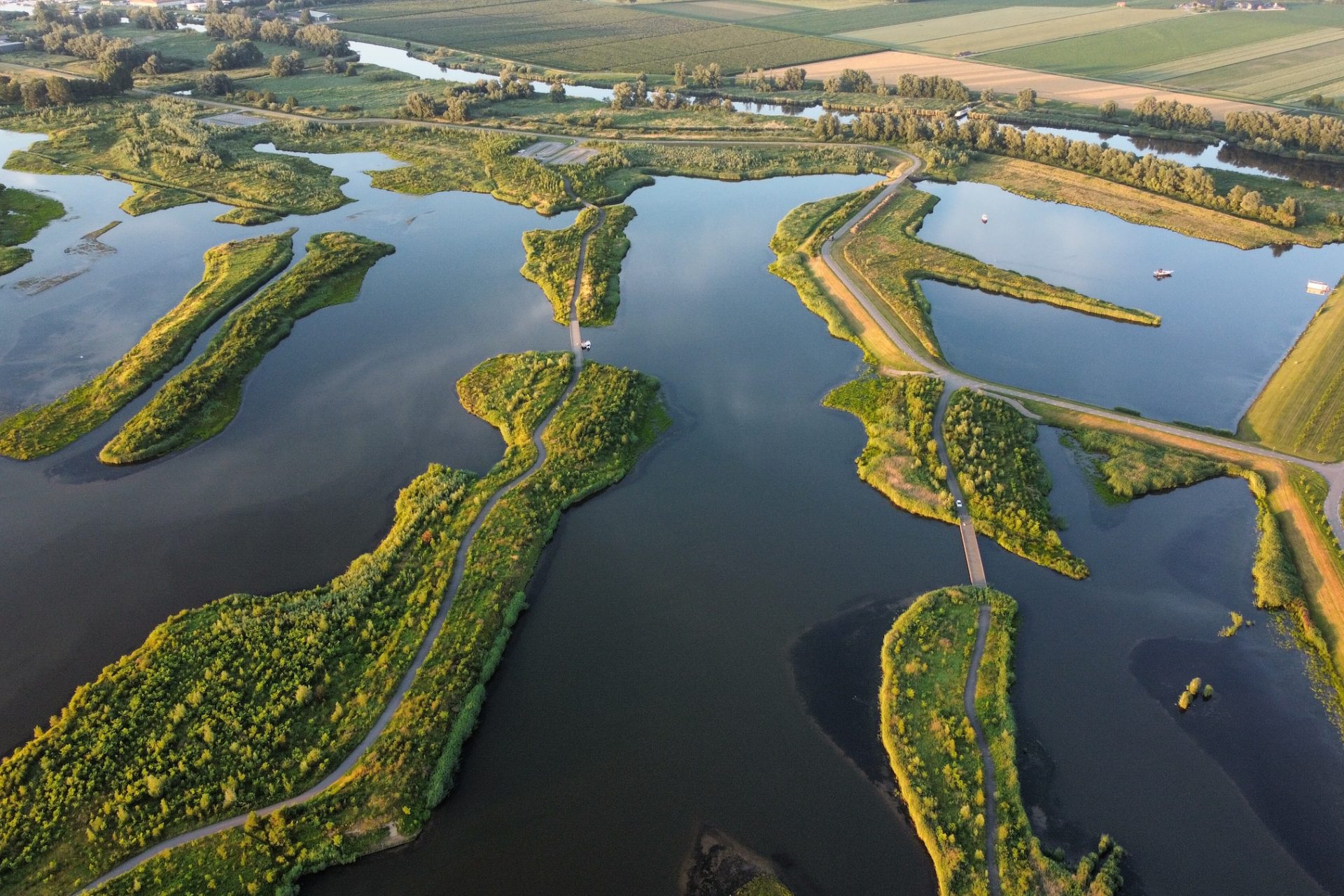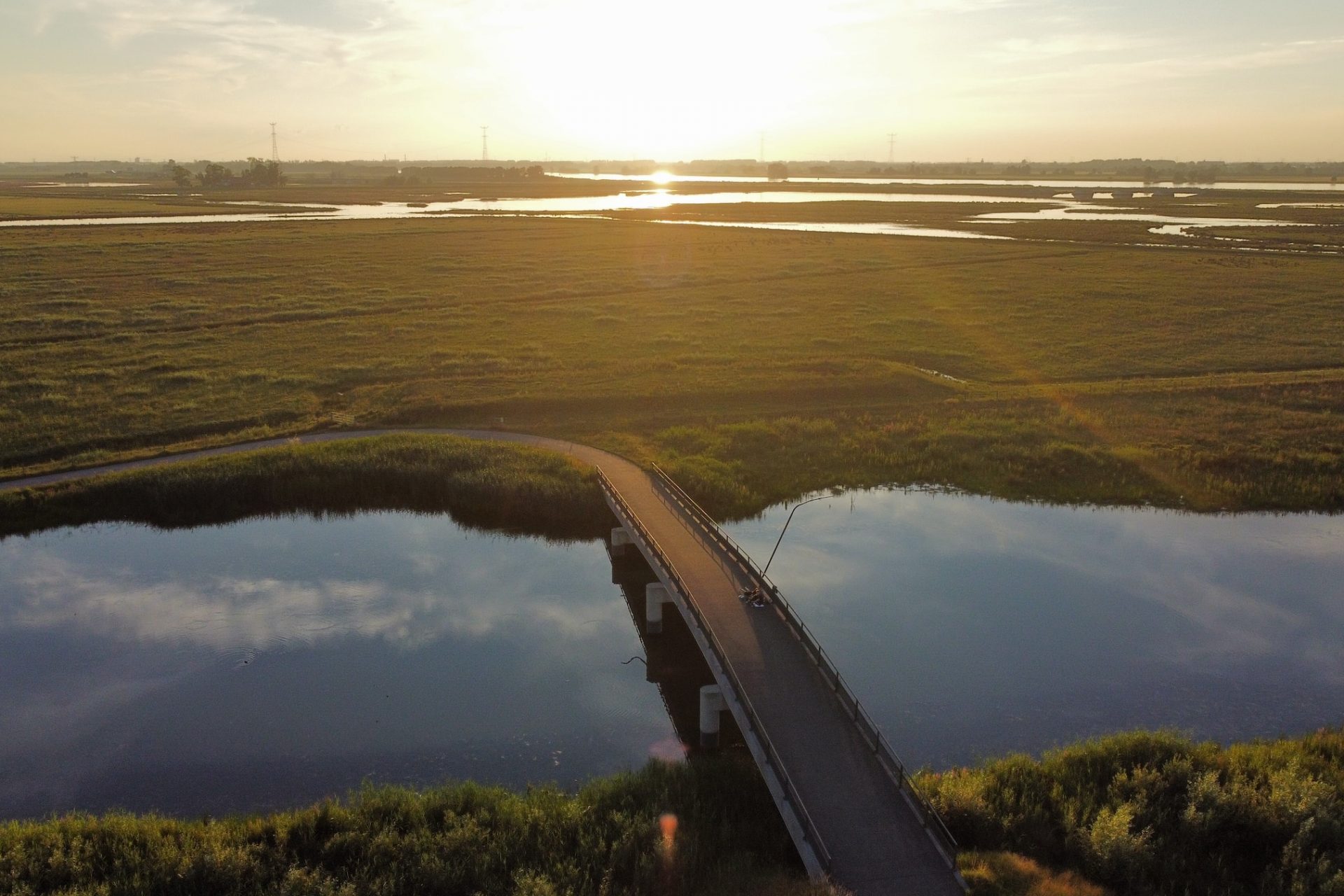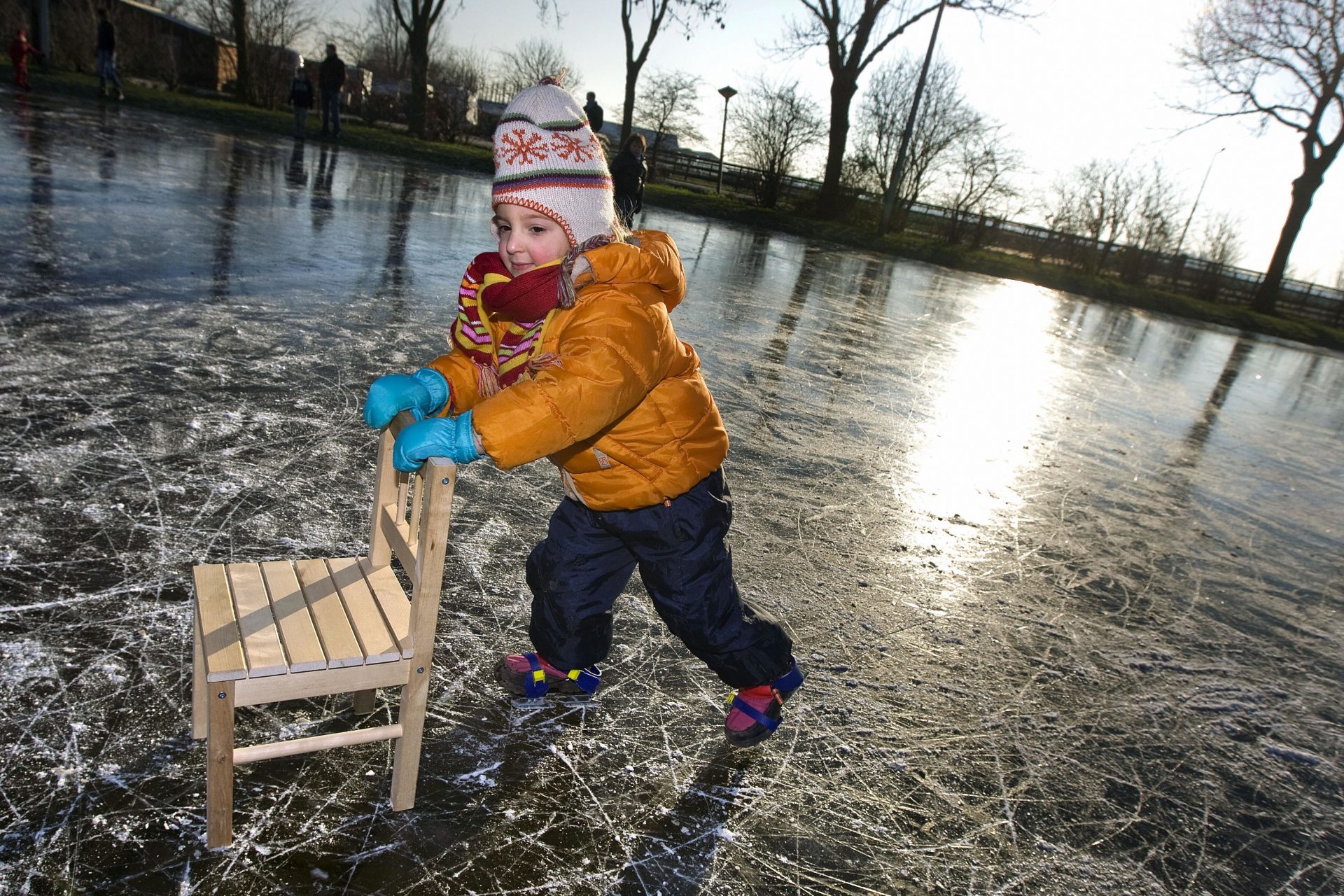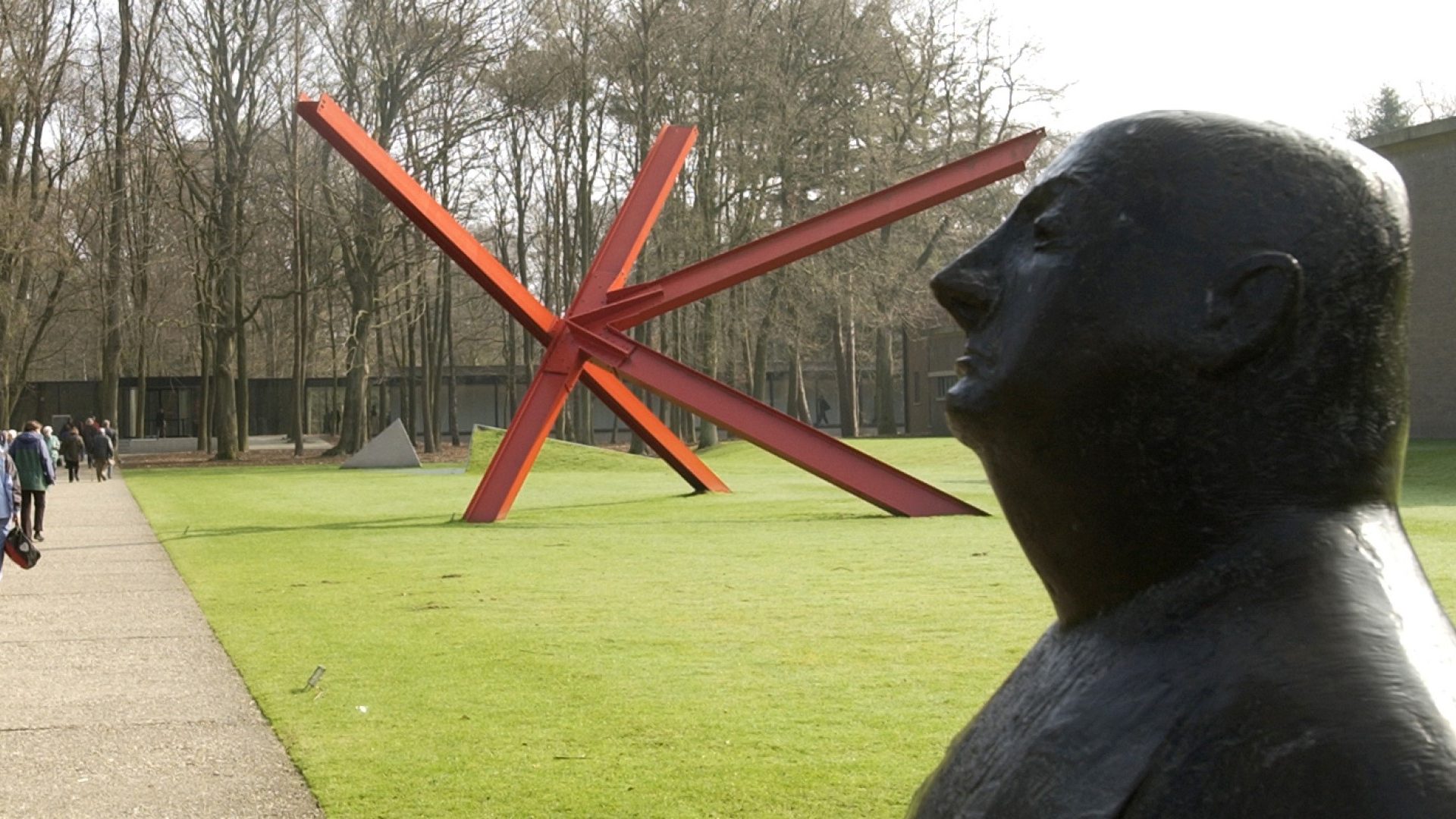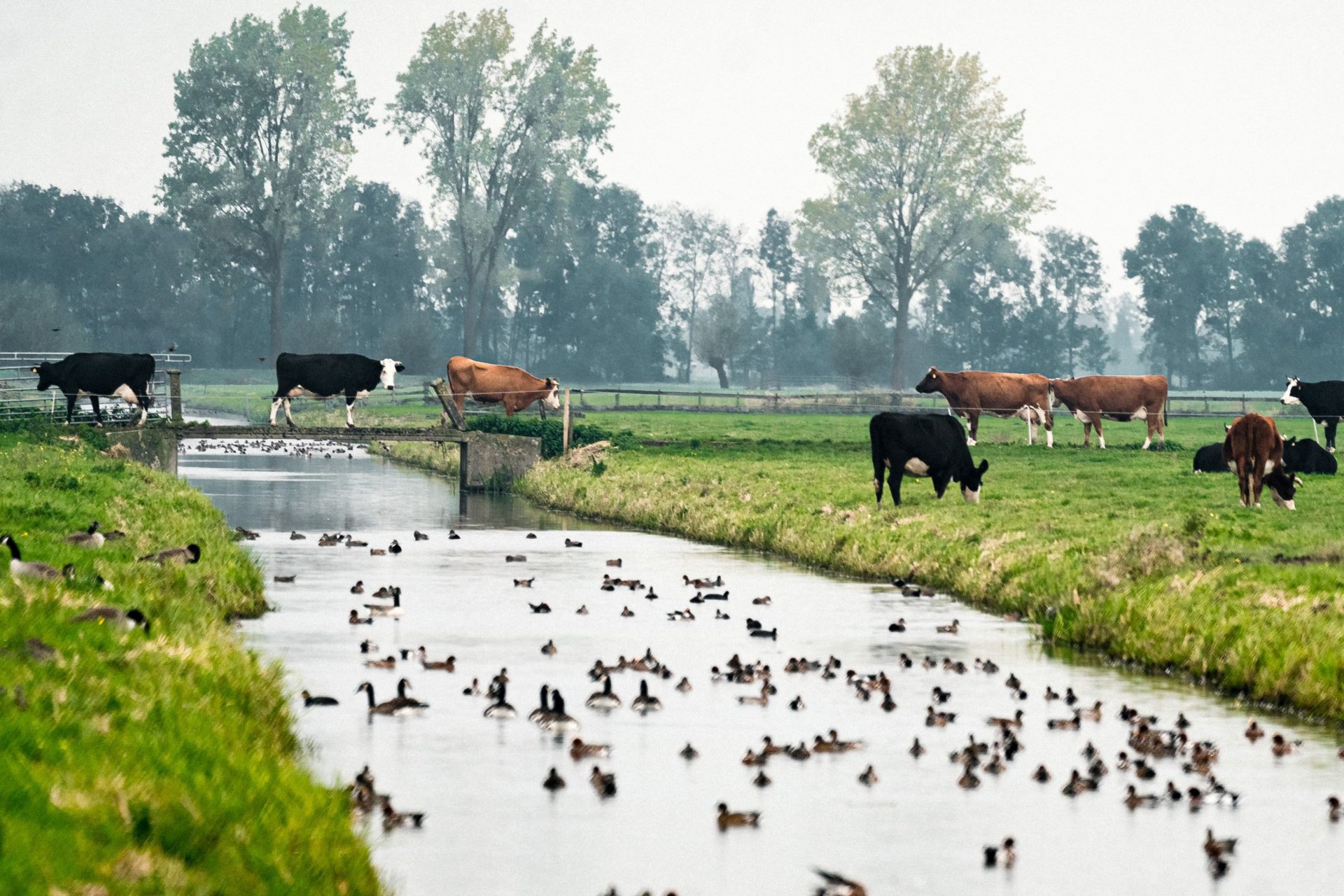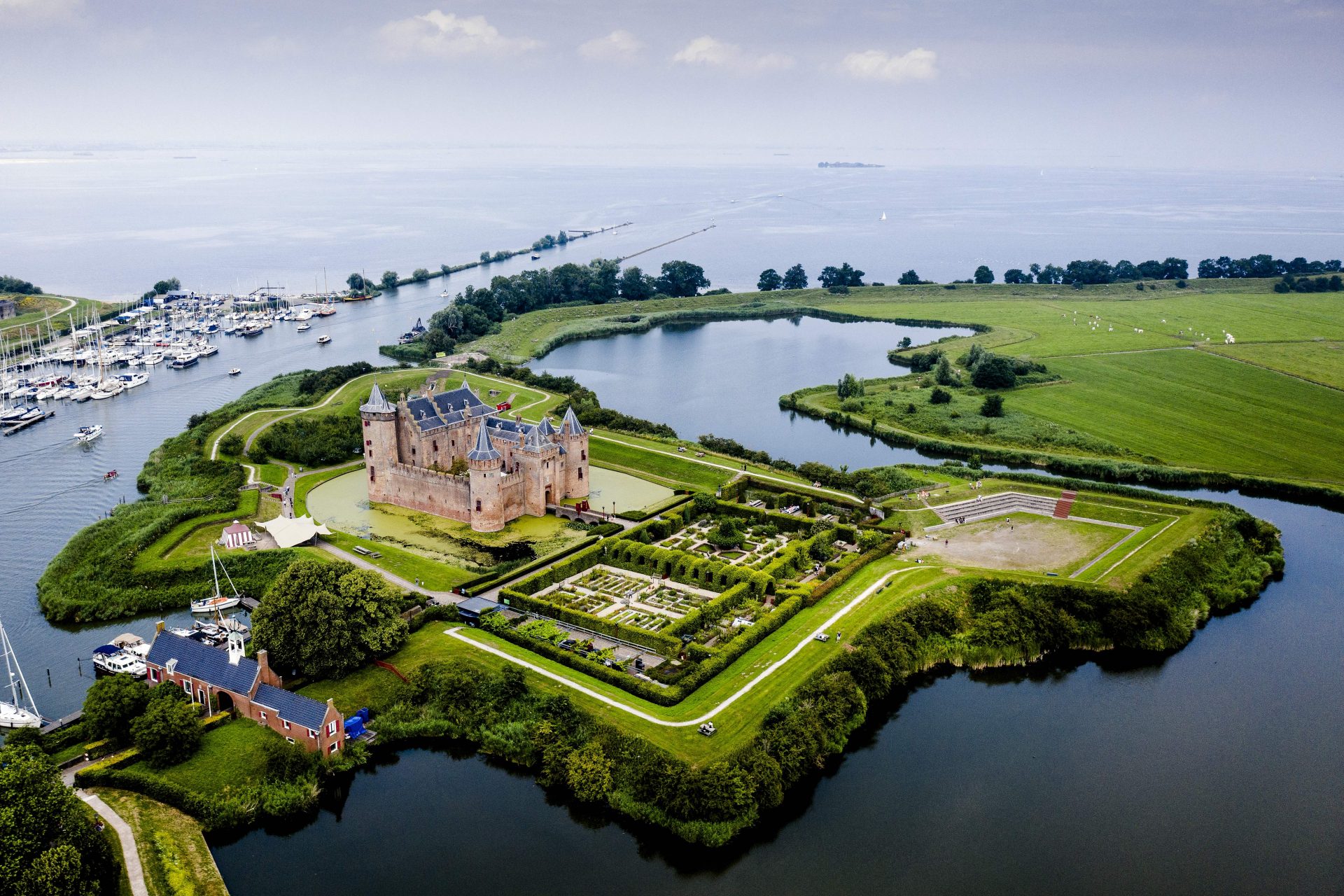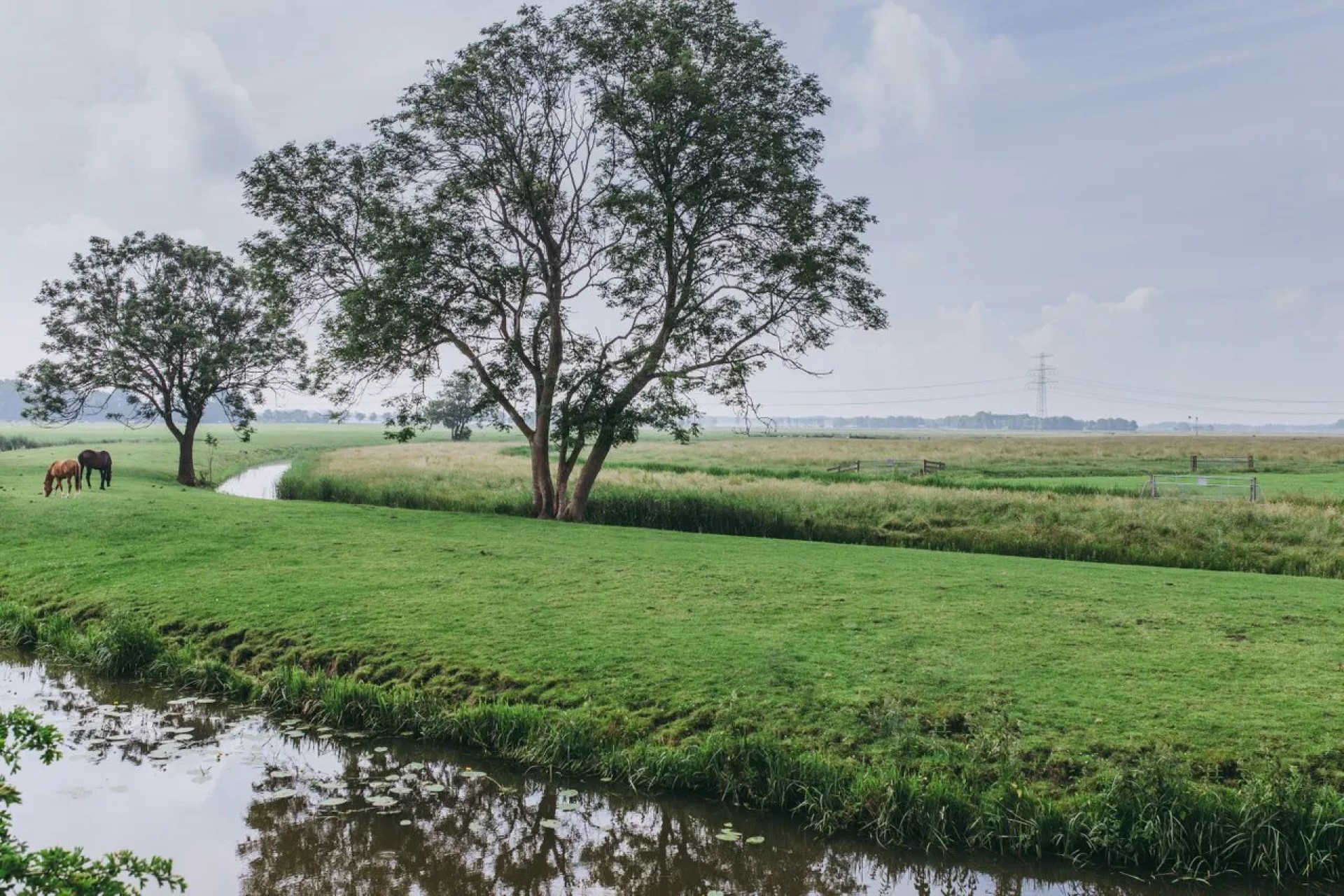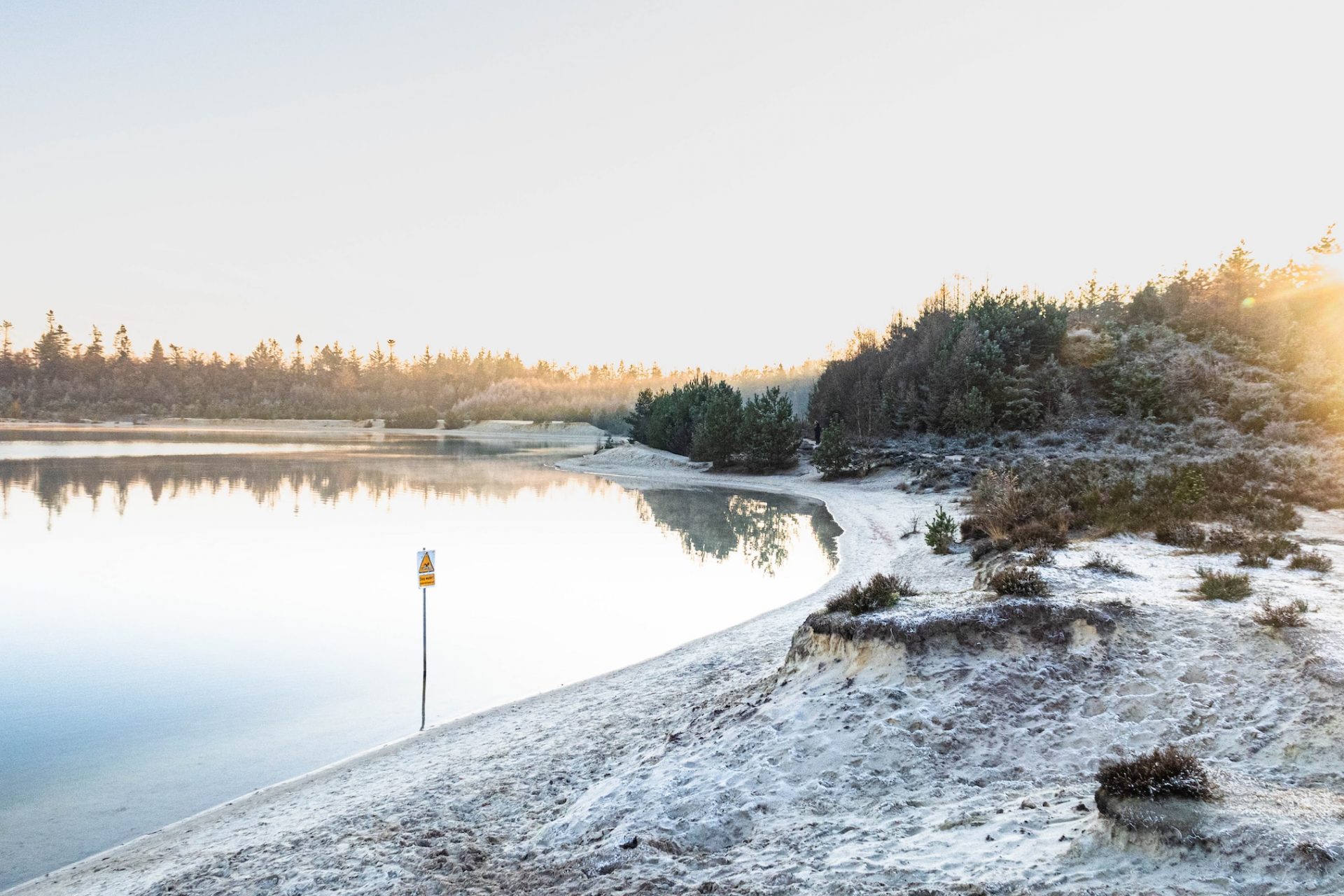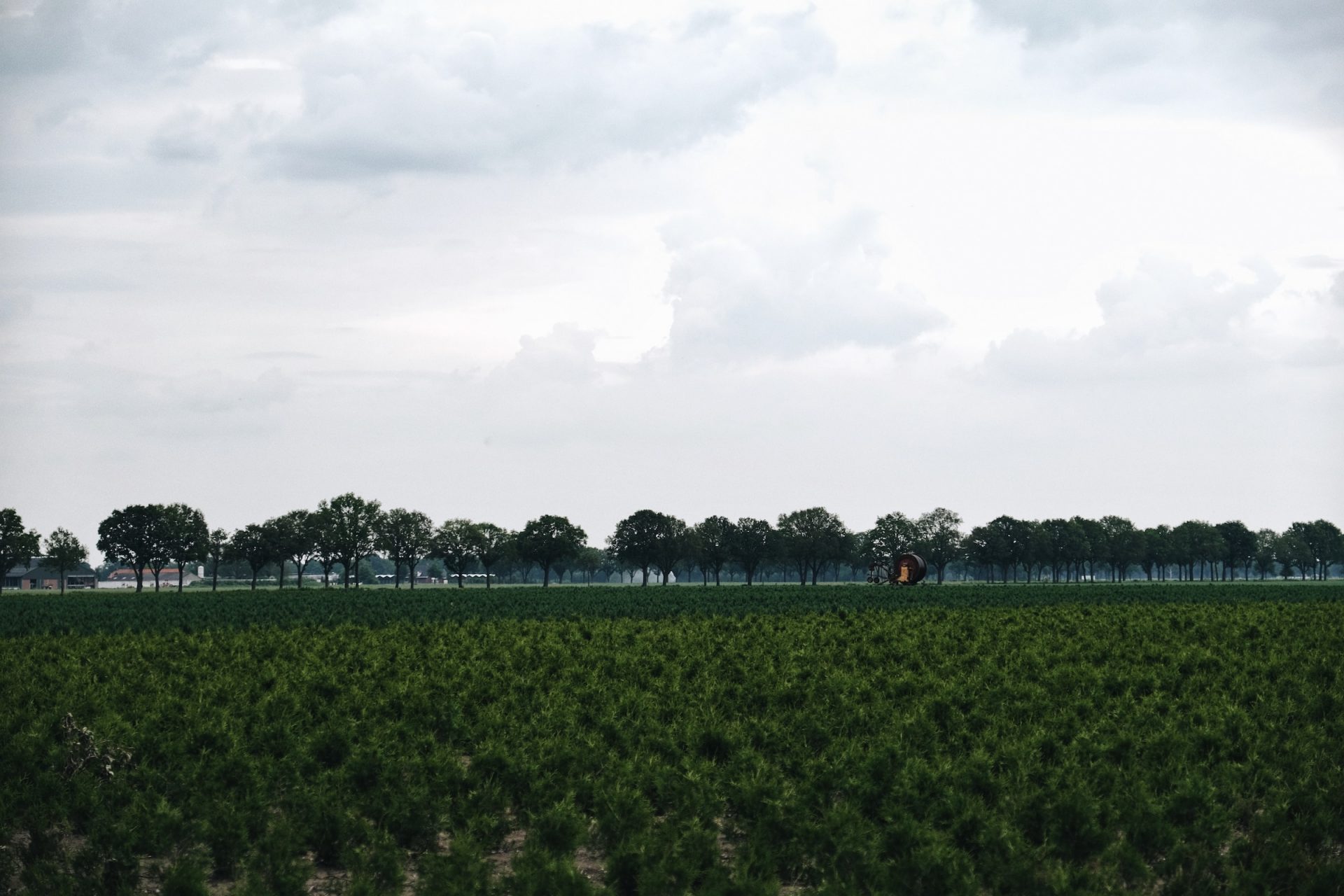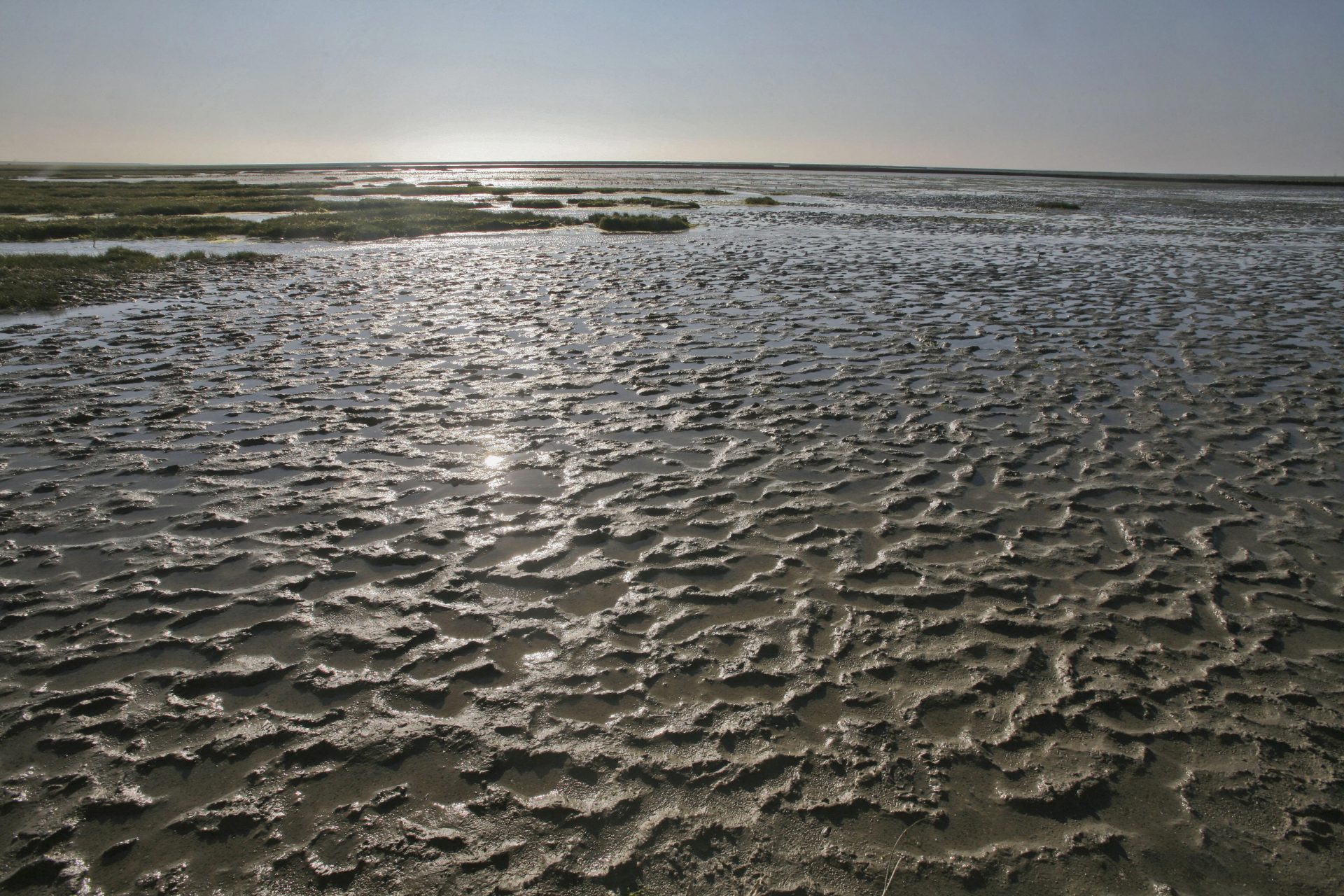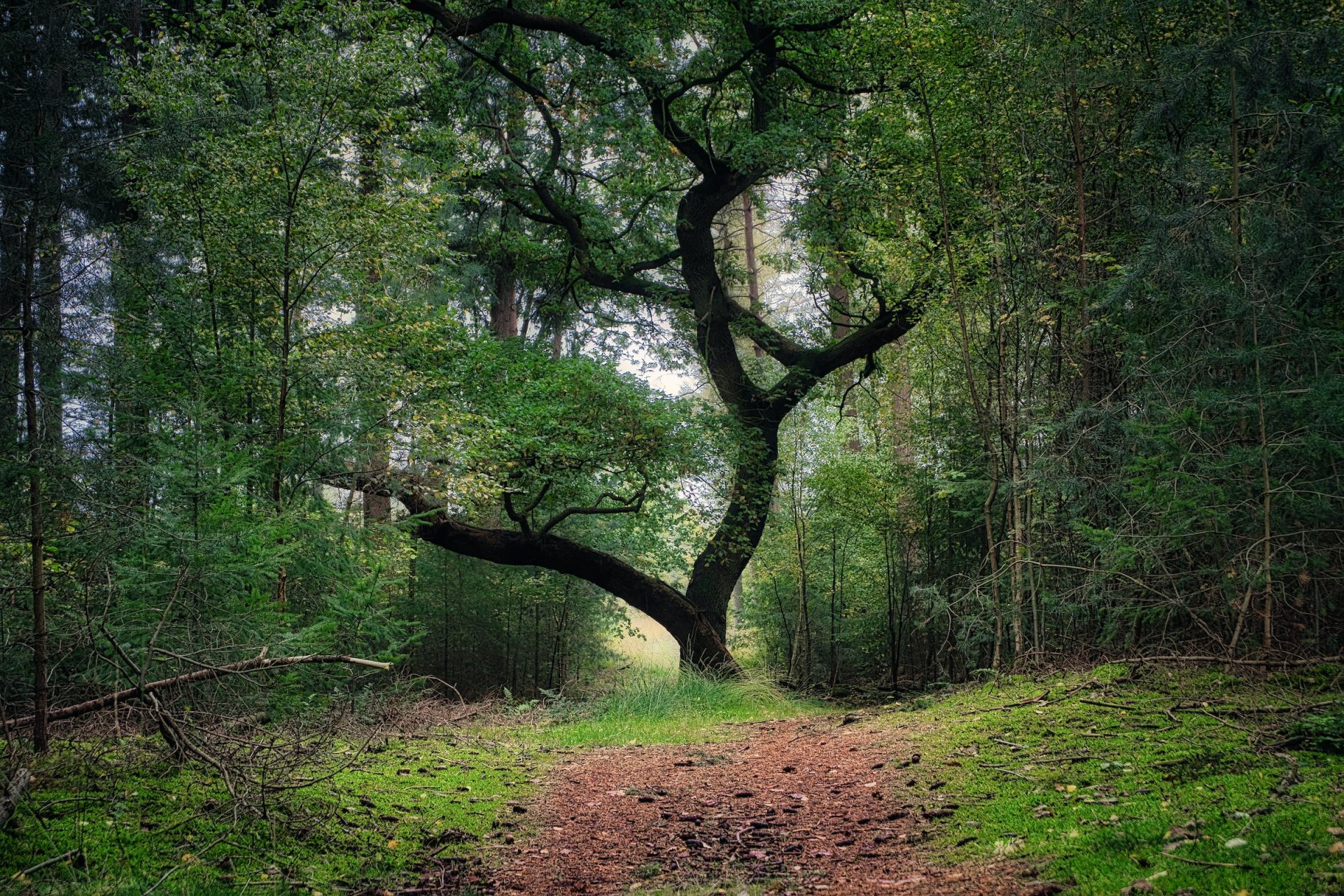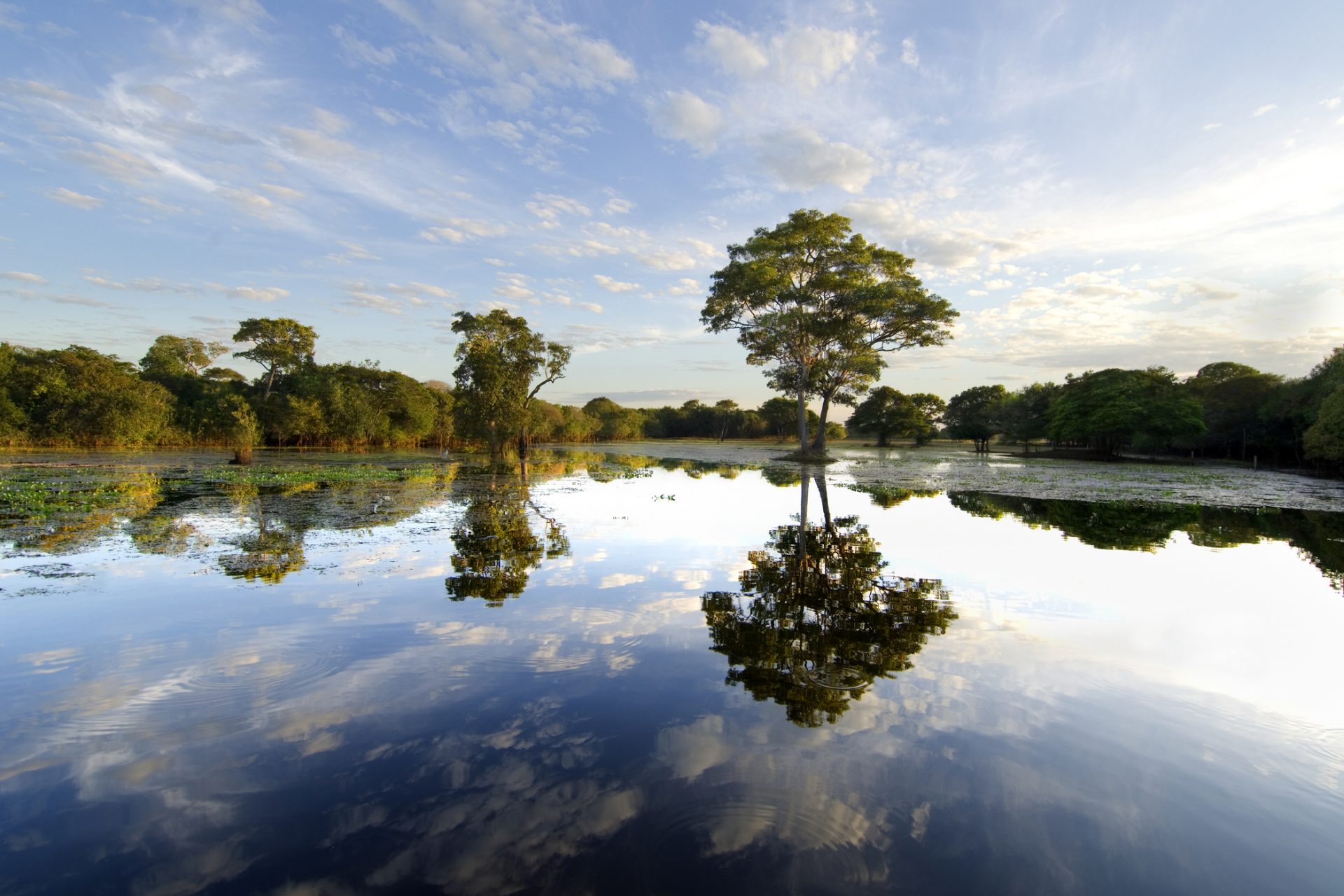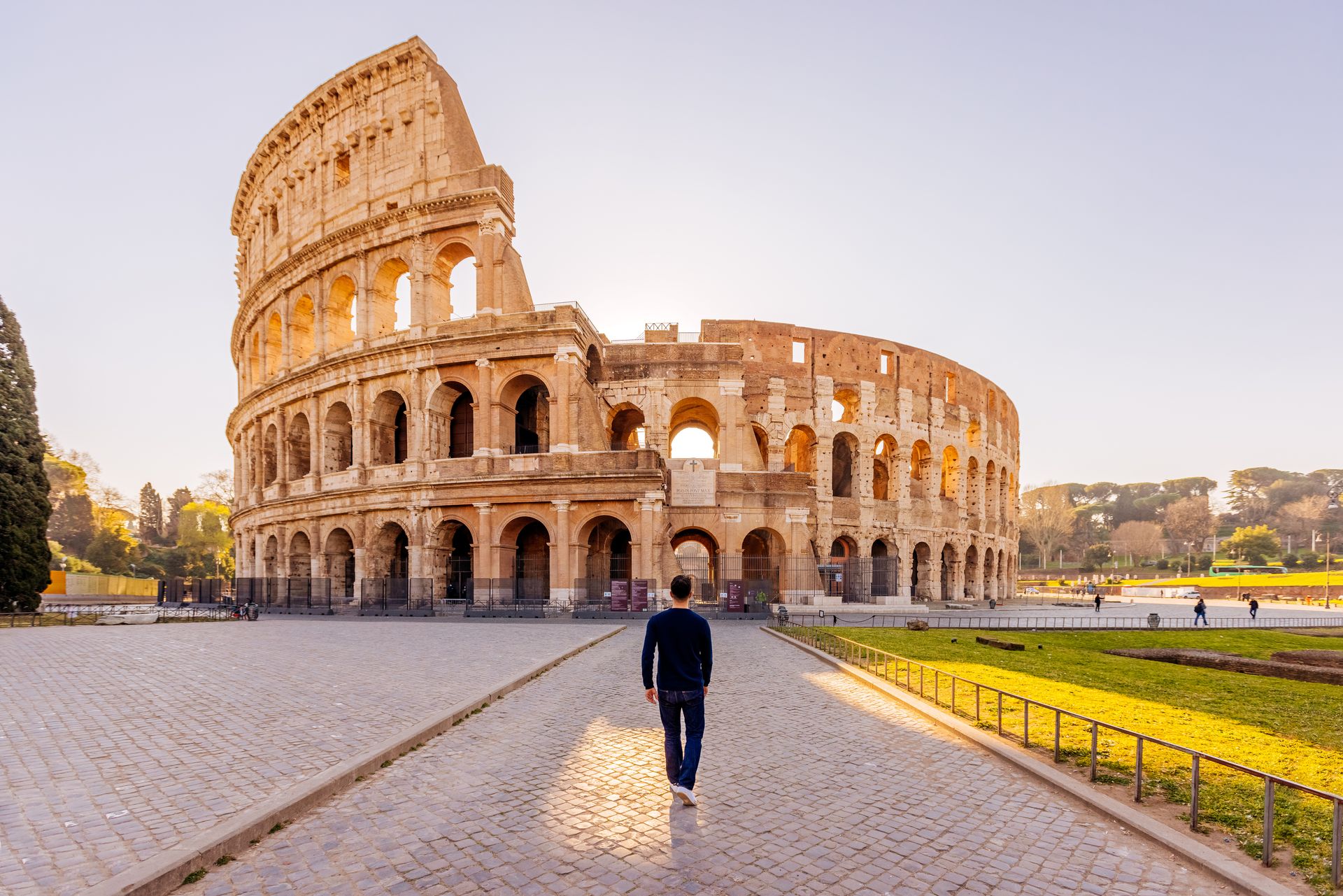The most beautiful natural parks in The Netherlands
The Netherlands may be a tiny country, but you can still spend a lot of time there discovering its natural parks! Each is a unique ecosystem where an enormous diversity of flora and fauna can be found. Let's have a look at the most beautiful parks that the Netherlands has to offer.
The Frisian Lakes are a popular destination for water sports enthusiasts. During the so-called 'Sneekweek,' there are water sports events and parties alike. However, all year round, the lakes are well worth a visit for boaters, bikers, and hikers. The area has many picturesque villages and towns.
According to the site Waterlandvanfriesland, there are a total of 35 lakes in the province of Friesland. The majority of these can be found in Southwest Friesland, in the region called the Frisian Lakes. There are 24 officially protected lakes in this area.
Picture: Max Payload / Unsplash
Oosterschelde National Park is the largest national park in the Netherlands. It is to unique flora and fauna, including seals and porpoises. The area is very varied and frequented by both hikers and divers.
Photo: Ermir Hoxhaj / Unsplash
The national park is connected to the North Sea through the storm surge barrier, built after the great flood in the southern Netherlands in 1953. As a result, the water in the area is salty, which has led to an unusual natural development.
Picture: Martijn Hendrikx / Unsplash
De Loonse en Drunense Duinen National Park in the inland province of North Brabant is a varied nature reserve of over 4,000 hectares. During a walk in this area, visitors can find many interesting plant species.
Picture: Job Savelsberg / Unsplash
In 2021, the national preservation organization 'Natuurmonumenten' celebrated that they have cared for the Loonse and Drunense Duinen for 100 years.
Photo: Joriet van Eck / Unsplash
The Maasduinen is a forest and heath area of more than 4,500 hectares in the province of Limburg. It is one of the three national parks in this region bordering on Germany. The Maasduinen is home to the crane, a rare bird species in the Netherlands.
Picture: Alfred Derks / Pixabay
The National Park stretches between the cities of Gennep and Venlo. To its north and south are areas with a varied landscape of heathland, forests, and fens that can be explored via numerous walking and cycling routes.
De Biesbosch National Park is located across the borders of North Brabant and South Holland provinces and consists of river islands. It is one of the few freshwater tidal areas in the world.
Picture: Stan Versluis / Unsplash
Nature conservation and recreation are both of great importance in this vast area. Visitors can enjoy a range of activities, such as hiking and staying overnight in carefully managed holiday parks.
Picture: Stan Versluis / Unsplash
The Hoekse Waard is located in the South Holland province and is characterized by no less than sixty polders and intact dikes. The rich history of the area and the panoramic views contribute to the unique splendor of the Hoekse Waard.
During the spring, visitors can encounter an abundance of black-tailed godwits, redshanks, and lapwings, while in the winter period, barnacle geese and white-fronted geese are found there, according to the preserving organization Staatsbosbeheer.
Picture: Lia Maaskant /Unsplash
De Hoge Veluwe National Park is financed without a government subsidy. It is also known as 'the green treasury,' its website claims. The park offers beautiful nature as well as cultural elements such as architecture, cultural history, and visual arts.
Image: Erik Van Dijk / Unsplash
It is the only nature park in the Netherlands that charges an entrance fee. This is partly necessary to fund the high fences around the park to keep the animals inside. De Hoge Veluwe National Park has considerable social significance because it tries to bring people of all ages into contact with nature in an accessible way.
The Green Heart (Het Groene Hart) is a national landscape area located in the middle of the urban ring formed by Rotterdam, Haarlem, Amsterdam, and Utrecht. It is an important area for meadow birds, such as the black-tailed godwit, lapwing, and oystercatcher.
Picture: Micheile Henderson / Unsplash
Romans.nl reports that the northern border of the Roman Empire, also called the Limes, originated in this area two thousand years ago. The Empire formed it along the river Rhine. In 2021, the Green Heart was recognized as a UNESCO World Heritage Site.
The New Dutch Waterline (Nieuwe Hollandse Waterlinie) is a defense line 85 kilometers long, consisting of 46 forts and five fortified towns. Built in the 18th and 19th centuries to protect the country against its mighty neighbors, the complex is an important historical monument with beautiful areas and forts.
The strategy of combining water and fortresses for defense was as follows: the Dutch would flood a large area of land to deter the incoming enemy from moving further. The Netherlands deployed it on an unprecedented scale, as it has not been applied as such in any other place in the world.
Middag-Humsterland is a National Park located northwest of the city of Groningen. It is considered the oldest cultural landscape in the Netherlands, according to its website, Middag-Humsterland.
Photo: Daan Rink / Unsplash
The region has authentic Romanesque churches from the 13th century, as well as the old town center of Garnwerd and a fortification that is still used as a farm. A visit to Middag-Humsterland is a unique mix of history and nature.
Image: Stella Dekker / visitgroningen.nl
The Drenthe (Drentsche) Aa is a National Park in the northeast of The Netherlands with 16 villages and farmland. It was formed thousands of years ago by both nature and man.
Photo: Aren Nagulyan / Unsplash
The river Aa, a winding stream, is a popular place for hikers who want to enjoy nature. The rich history of the area, where farmers have been present for thousands of years, has contributed to the uniqueness of this beautiful natural environment.
Picture: Denise Jans / Unsplash
De Groote Peel is a nature reserve in the provinces of North Brabant and Limburg. It's a remnant of the former impenetrable Peel swamp. The nature reserve contains various landscapes with different types of terrain, such as marshes, open landscapes with heathland, forests, and small and large ponds.
Picture: Reinhart Julian / Unsplash
The area is varied and extensive, with beautiful views, which makes it very suitable for hikers. The National Parks organization of Limburg (Natuurparkenlimburg.nl) provides various walking routes to follow in this excavated high moor area.
Photo: Julian Guttzeit / Unsplash
The Wadden Sea has been declared a World Heritage Site by UNESCO because of its immense ecological value. The cooperation between the sea and the wind creates a unique landscape of islands, tidal flats, channels, and gazebos.
Photo: Leon Bredella / Unsplash
Numerous plant and animal species can be found in the relatively warm water of the Wadden Sea. The park is so extensive that it crosses the borders of three countries: Denmark, Germany, and the Netherlands.
The Utrechtse Heuvelrug National Park has a varied terrain with moraines, heaths, shifting sands, and flood plains. It is the second-largest wooded area in the Netherlands after the previously mentioned park Hoge Veluwe.
Photo: Elise van Tilborg / Unsplash
Since 2003, the area has had the status of a national park, which means that nature is legally protected here. Several rare animals live in the area, including the pine marten. Despite being fragmented, the area is a popular place for walking and enjoying nature.
Picture: Chasinglightz / Unsplash
Whether you are looking for peace, adventure, or just a nice walk in nature, the Dutch national parks have something for everyone. Get enchanted by nature and enjoy all the beauty this little country has to offer.
Photo: Maxim Hopman / Unsplash



